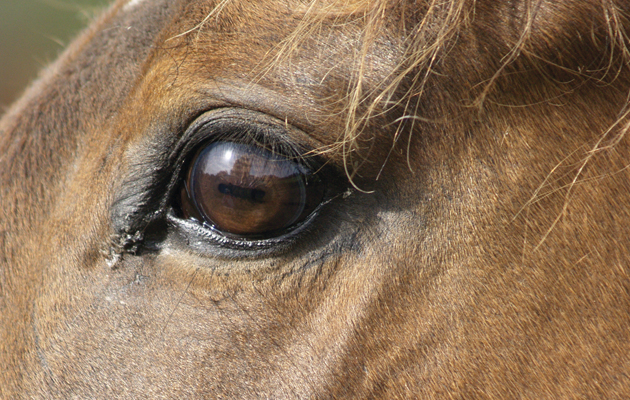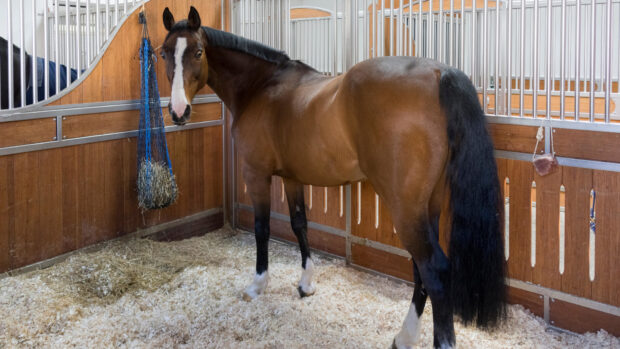Artificial intelligence could help reveal when horses are in pain by evaluating their facial expressions.
A team of scientists at Nottingham Trent University is working on the project which, it is hoped, will provide better understanding of how painful certain conditions are for horses. It is also hoped the information gained will lead to better treatments and monitoring of equine recovery.
The researchers are training a computer to automatically identify and track equine facial features that have been shown to change in response to pain. The computer will analyse videos of horses who have had recent surgery or are recovering from illness, to determine how these features change as pain relief is administered, and the horses’ conditions change.
“As the system can track much more subtle fluctuations than the human eye, the researchers hope to learn much more about how horses express their pain and how this differs depending on their personality,” a spokesman for the university said.
The researchers hope the system will be able also to detect emotions in future, which could help people understand how their horses feel in different situations.
Carrie Ijichi, a senior lecturer in the university’s school of animal, rural and environmental services, said: “The immediate application with regards to pain is for research and veterinary facilities to use the system to scan videos.
Continues below…

Horses can tell when human voices and facial expressions don’t match
Research found the horses reacted differently when pictures of human emotions did not match those in recorded voices

Behaviour assessment tool enables all onlookers to assess pain in horses
Research has found it is possible for untrained observers to assess pain and lameness in ridden horses using an ethogram

Subscribe to Horse & Hound magazine today – and enjoy unlimited website access all year round
“This way, we can learn about how painful certain conditions are, and how effective are pain medication or treatments. It would also help guide us in ensuring horses are given the most appropriately dosed treatment.
“We want to find markers that are sensitive to pain, better than the human eye can see, and which will provide us with an accurate grading for pain.
“As the technology improves hopefully this is something that anyone could have at home and use to assess pain in range of settings, including potentially while the horse is being ridden.”
We continue to publish Horse & Hound magazine weekly during the coronavirus pandemic, as well as keeping horseandhound.co.uk up to date with all the breaking news, features and more. Click here for info about magazine subscriptions (six issues for £6) and access to our premium H&H Plus content online.




